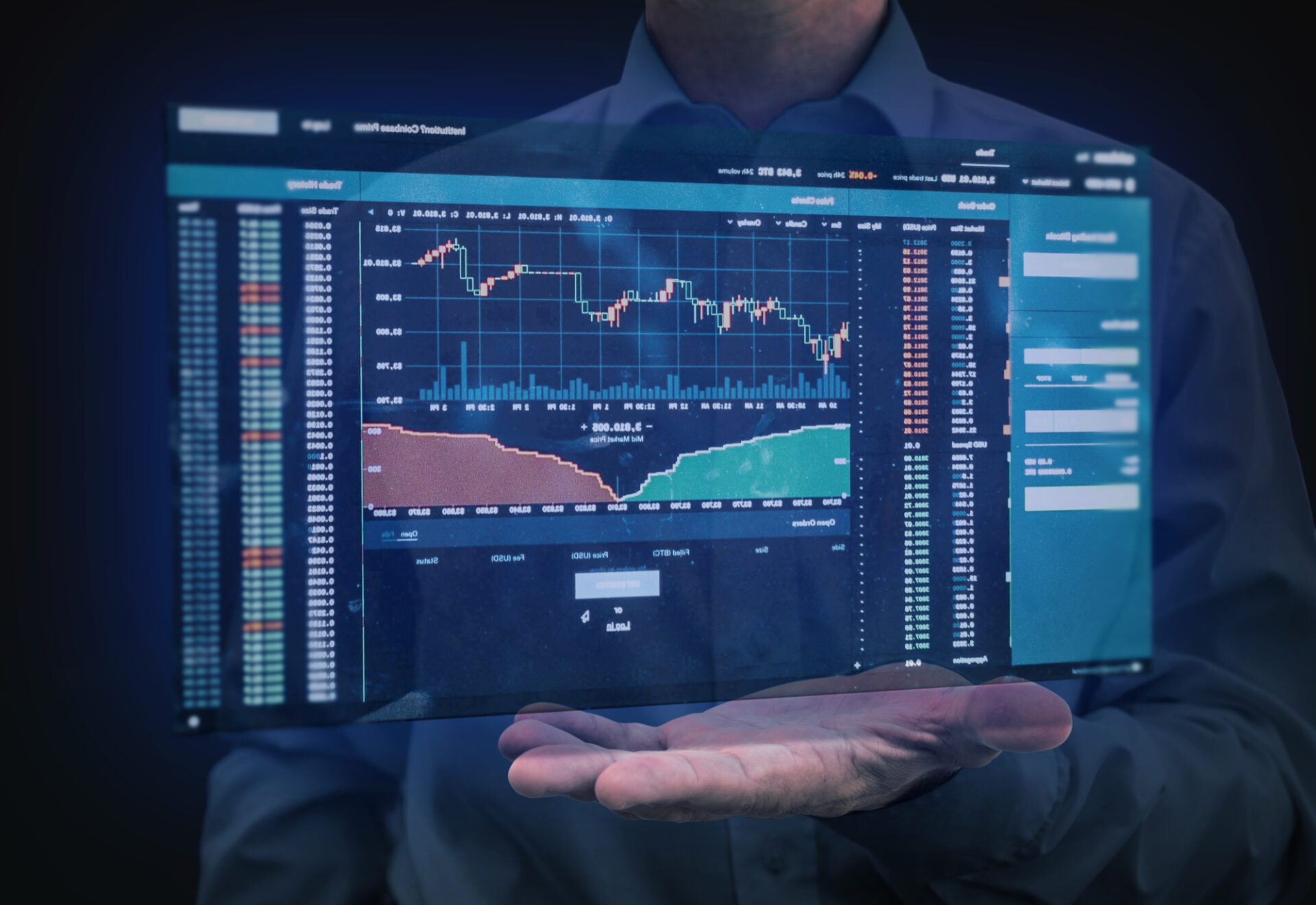

Once you’ve mastered the basics of technical analysis, it’s time to dive deeper into advanced strategies that involve sophisticated indicators and chart patterns. Advanced technical analysis offers a powerful toolkit for predicting price movements with greater precision.
Popular Indicators Used by Advanced Traders:
Chart Patterns for Advanced Traders:
Combining Indicators and Patterns:
For more accurate predictions, advanced traders combine multiple indicators and chart patterns. For instance, using RSI to confirm signals from MACD or waiting for a price break from a symmetrical triangle before confirming with volume analysis can provide greater confidence in trade decisions.




1) or fractional share
Investing in the stock markets carries risk: the value of investments can go up as well as down and you may receive back less than your original investment. Individual investors should make their own decisions or seek independent advice.